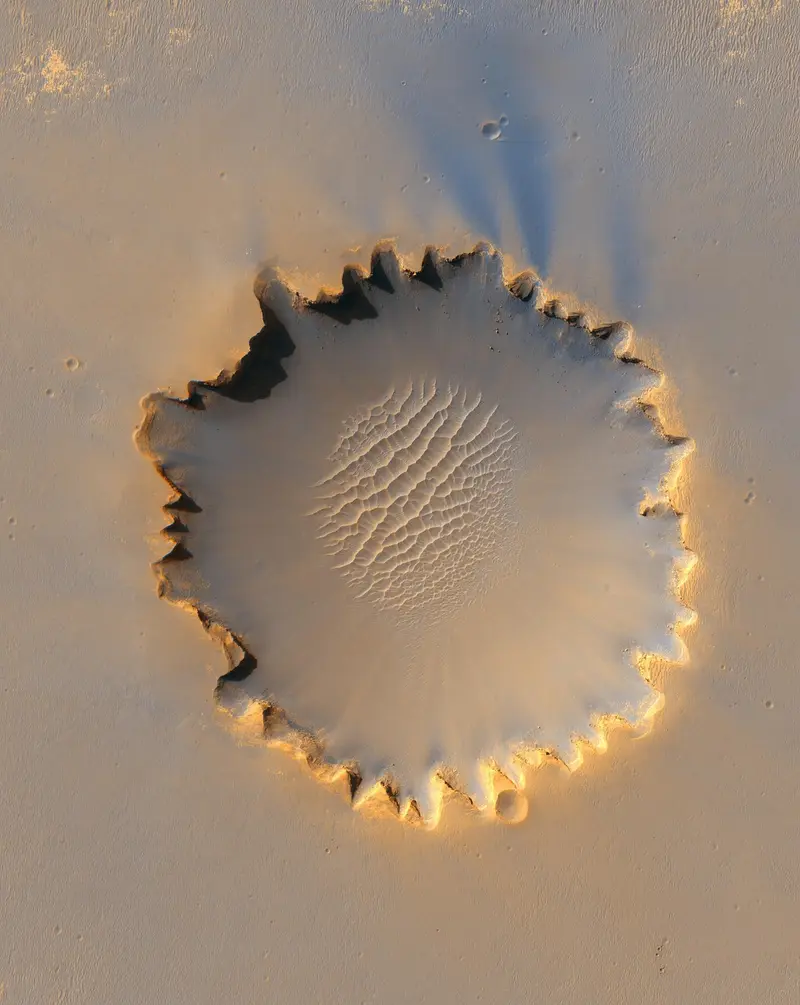This line runs through the northern hemisphere. Mars A team of astronomers from the Hong Kong Polytechnic University has reported that over 3.5 million years ago, the ocean likely covered a significant portion of the northern hemisphere of the planet.
This month on Red Planet A new year has begun. This is the 38th Martian New Year since humans started celebrating it on November 12, 1956 (Mars completes a full orbit around the Sun in 1.88 Earth years).
The current Martian New Year began with the publication of an analysis of data that Zhurong sent to Earth during its brief mission. The rover conducted research on the Red Planet since 2021 until it suffered from excessive sand accumulation on its solar panels and ceased operations in May 2022.

What did the scientists learn?
The university team that studied the research materials. rover claims to have received new evidence supporting the hypothesis of an ancient ocean on Mars billions of years ago.
Since its landing in one of the largest and oldest impact basins on Mars, known as the Utopia Planitia, the Zhurong rover has traveled about two kilometers, studying the local geology in search of signs of water or ice.
By combining observations from the rover’s onboard cameras with remote sensing data from orbital satellites, scientists have identified several water-related features. Among them are crater-like cones, troughs, and sedimentary channels, where the team observed traces of an ancient shoreline.
In the report, scientists noted that an ocean likely existed in the northern part of Mars about 3.68 billion years ago. Researchers believe that water-related minerals, such as hydrated silica, were formed on the ocean floor. Then ocean It froze for about 10,000 to 100,000 years – a relatively short period in geological terms, resulting in a smoothed coastline. And about 3.4 million years ago, the ocean disappeared, leaving traces of the coastline, the publication reported. Live Science .

The presence of water in those distant times may indicate that the Red Planet once had conditions favorable for microbial life. Scientists have also suggested that at least part of the ocean may have disappeared underground. Data obtained by the spacecraft NASA Insights have shown that a significant amount of water, enough to cover Mars with an ocean one to two kilometers deep, has seeped into the planet’s crust. It has been stored in tiny cracks and pores.
Scientists emphasized that data about the Martian ocean can only be confirmed after some rock samples from the planet are brought back to Earth. Researchers will be able to find answers to the long-standing mystery of water disappearance on the Red Planet during future Mars missions.
The results of the study were published by the journal Scientific Reports.
